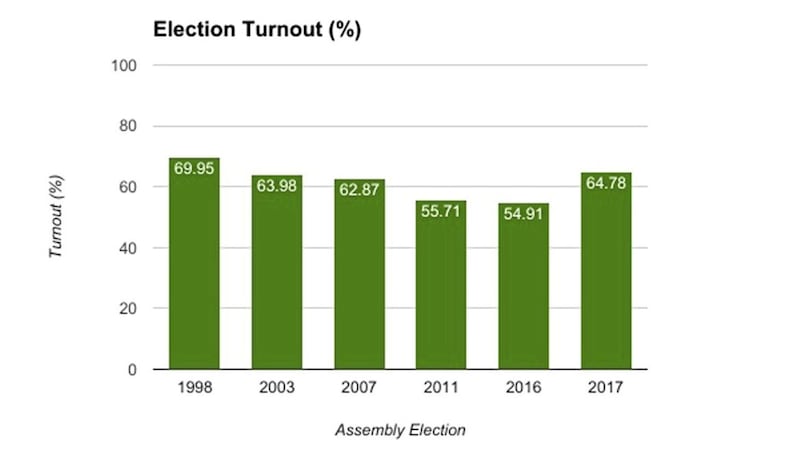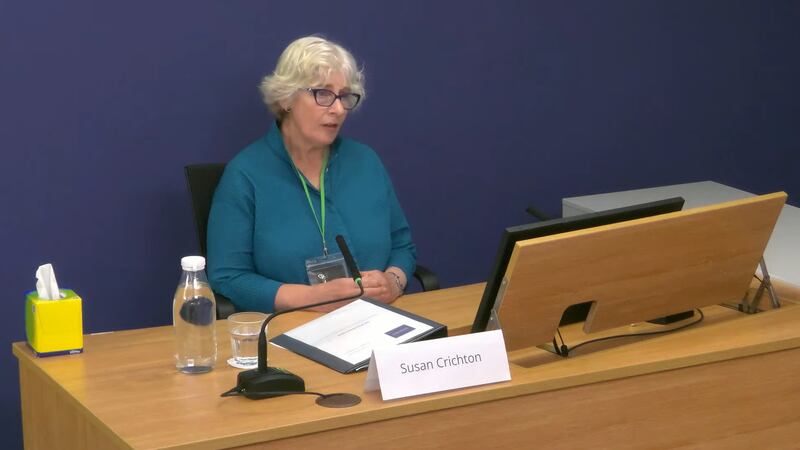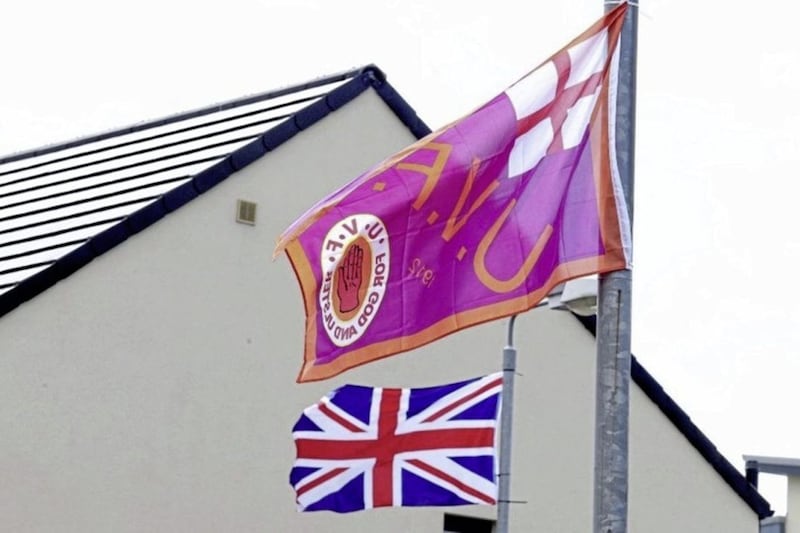TURNOUT for the snap Assembly election was the highest since devolution in 1998.
While it was very much the election no one expected, at 64.78 per cent the number of voters making their voices heard at the polls this week was nearly 10 per cent more than last May’s election.
Putting this in terms of the total number of ballots filled in, 812,783 voters made their nominations. May’s poll saw a total of 703,744 votes cast.
This time round, a total of 1,254,709 people were eligible to vote for 228 candidates competing for 90 seats in 18 constituencies.
Although only ten months since the people of the north elected their MLAs into Stormont, the RHI scandal, the Irish language debate and other issues appear to have turned voter apathy into voter action.
This year’s turnout was even higher than June’s referendum vote, when 62.69 per cent of the electorate cast their ballot, the result going in favour of remain.
Soaring viewing figures for the two main TV leaders' debates in recent weeks had hinted at a surge in voter engagement.
A total of 172,000 viewers tuned in to watch the BBC leaders debate during the week, a massive 70 per cent jump from May’s figures.
Likewise, UTV’s debate two weeks ago saw 141,000 people watch the five main political leaders trade barbs – a 42 per cent increase from last year.
Despite dire weather conditions in most areas, voter turnout on Thursday was higher in every single constituency when compared to May’s figures.
Some areas even saw increases of as much as 13 percentage points, as was the case in Mid-Ulster and West Tyrone.
Other areas saw less significant changes, East Belfast being the most unaffected with a change of six percentage points.
Fermanagh and South Tyrone - DUP leader Arlene Foster’s home territory - saw the highest turnout at 72.61 per cent, with Mid Ulster not far behind at 72.38 per cent.
The constituency with the lowest turnout was North Down with 59.22 per cent.
Coupled with the fact that the number of MLAs to be elected this time round has been reduced from 108 to 90, the increased turnout means that the quotas are also higher.
Traditionally, the voter turnout in the north’s elections has always been significantly lower than in elections elsewhere in the UK.
However, when compared to the 2015 UK general election, for instance, this month’s snap election turnout was only 1.6 per behind the figure across the water.
If this year’s higher turnout figure results in the same DUP-Sinn Fein majority, however, there will be a period of negotiations before another executive is installed, which rules state must be done in three weeks.








